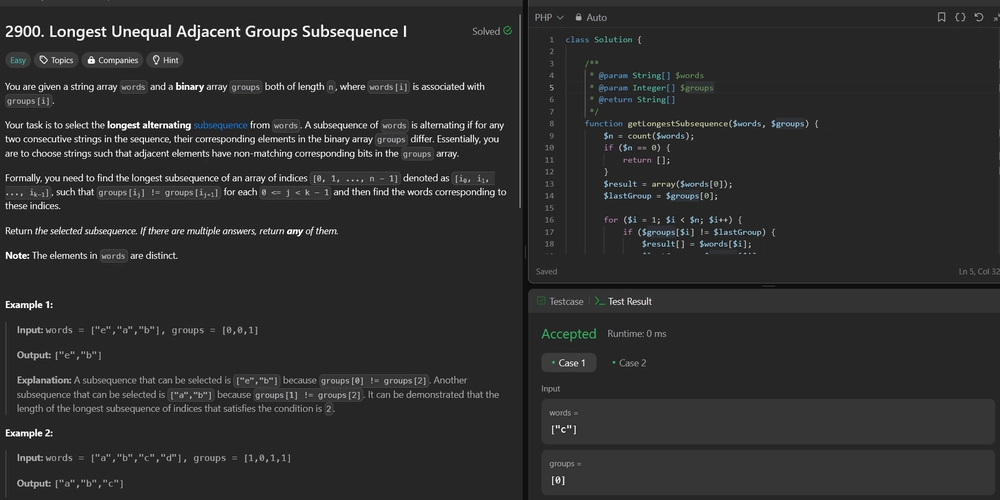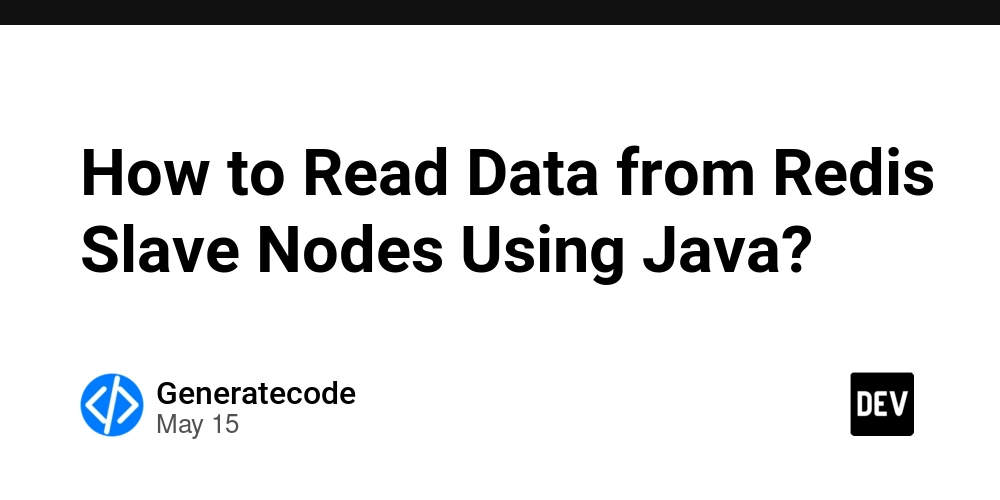The top 5 questions about RESPs
What can an RESP be used for? What’s the best strategy for RESP withdrawals? Embark’s CEO answers these common questions and more. The post The top 5 questions about RESPs appeared first on MoneySense.

An RESP, short for registered education savings plan, is a powerful tool that families can use to save for a child’s post-secondary education. RESPs have many great benefits, including tax-deferred growth and access to thousands of dollars’ worth of free government grants and bonds. But… using an RESP isn’t exactly intuitive and Canadians often have a lot of questions about them.
As we head into the back-to-school season, I’ll tackle the top five questions we hear from clients at Embark.
1. What can an RESP be used for?
An RESP can be used for just about any education-related cost—not just for tuition. Although, tuition is one of the biggest expenses, and it’s one of the key reasons parents and grandparents open an RESP. For the 2024/2025 academic year, the average tuition fee for a full-time undergraduate student in Canada weighed in at $7,360, according to Statistics Canada. Tuition costs have been incrementally increasing every year, and some professional programs cost significantly more than others.
And if your child decides to attend a post-secondary educational institution that isn’t a college or university, like a trade school, you can likely still use RESP funds to cover expenses, as long as it’s an eligible school in the eyes of the Canadian government. And if your child wants to study outside of Canada, you can use an RESP for that, too, as long as they enroll in a course at least 13 weeks long, or three weeks for university programs.
In addition to tuition fees, RESP funds can also pay for rent or residence fees, dormitory meal plans, textbooks, school supplies, tools, transportation, student athletic or activity fees, tech devices and more, as long as withdrawal requirements are met (more about that in question #4, below).
2. Who can contribute to an RESP?
Anyone can become an RESP “subscriber” (contributor) and put money into a child’s RESP, up to the plan’s lifetime limits. Typically, parents open an RESP for their child, or a family RESP for multiple kids.
If you’re a grandparent, aunt, uncle, family friend or someone else who wants to pitch in, it’s a good idea to coordinate with the parent(s) to avoid over-contributing. The RESP lifetime contribution limit per child is $50,000. If an RESP’s subscribers collectively contribute more than that, the Canada Revenue Agency (CRA) will impose a tax of 1% of the excess amount per month on the total amount until that money is withdrawn. You don’t want that effect from your gift, do you?
3. What do I get by saving in an RESP?
The two biggest benefits of using an RESP are tax-deferred growth and free government grants.
- Tax-deferred growth means that the value of money and investments held inside an RESP can increase without the earnings being taxed each year. The sooner you start contributing, the longer the magic of compound growth can work for you. You won’t get a tax deduction for contributing to an RESP, and except for the money contributed by you and others, RESP withdrawals are taxable. However, they’re taxed in the hands of the beneficiary (the child), who will likely pay little or no tax.
- The Canada Education Savings Grant (CESG) matches 20% of the first $2,500 contributed to an RESP each year, up to $500 per beneficiary, to a lifetime maximum of $7,200. Low-income households (those with an annual income of $50,197 or less) can access another $2,000 from the Canada Learning Bond (CLB). Families in Quebec and British Columbia can get additional grants of $1,200 and up to $3,600, respectively. Learn more about RESP government grants.
4. How do I withdraw my funds the right way?
This is a great question. Here’s the RESP withdrawal strategy we recommend at Embark. Once your child is enrolled in classes and school, you can typically use this strategy to withdraw money in a tax-efficient way:
- Take out grants and grant income first, as they must be returned to the government if not used.
- Once all of your grants have been used, focus on your investment income. It can be heavily taxed if withdrawn later for non-educational purposes.
- Finally, withdraw contributions from yourself and other plan subscribers, less any applicable fees. Leaving these funds until the end allows you to gain more investment income, and you can withdraw the contributions themselves tax-free after a child goes to school.
There are a few more nuances to RESP withdrawals, but these are the broad strokes to help you start planning. If you’re still unsure, we actually help you with this process every step of the way at Embark. Our digital platform allows you to just tell us how much you’ll need and we’ll take care of the rest.
5. What happens to the money if my child doesn’t go to school?
If your child doesn’t pursue higher education, you have choices on what to do with the RESP money—four, in fact. Here are your options:
- Keep the RESP open. An RESP can stay open for up to 35 years, and your child may decide to go to school in the future. In the meantime, your savings can grow tax-deferred.
- Transfer the RESP, including grants in some instances, to another child. You can do this without any tax consequences as long as the new beneficiary is under 21.
- Move the funds into your RRSP or your spouse’s RRSP, if you have enough contribution room.
- Close the RESP. You’ll have to return any grant money to the government. Subscriber contributions will be returned to you tax-free. However, any interest earned inside the RESP is taxable. You can also transfer it to another RESP opened by you or your spouse, or another child’s RESP, or donate it to an educational institution.
More about education:
- RESP vs RRSP and TFSA: What’s the best option for education savings?
- How much money does the government contribute to an RESP?
- Student Money: How to pay for school and have a life—a guide for students and parents
- What can an RESP be used for?
Get free MoneySense financial tips, news & advice in your inbox.
The post The top 5 questions about RESPs appeared first on MoneySense.











































































